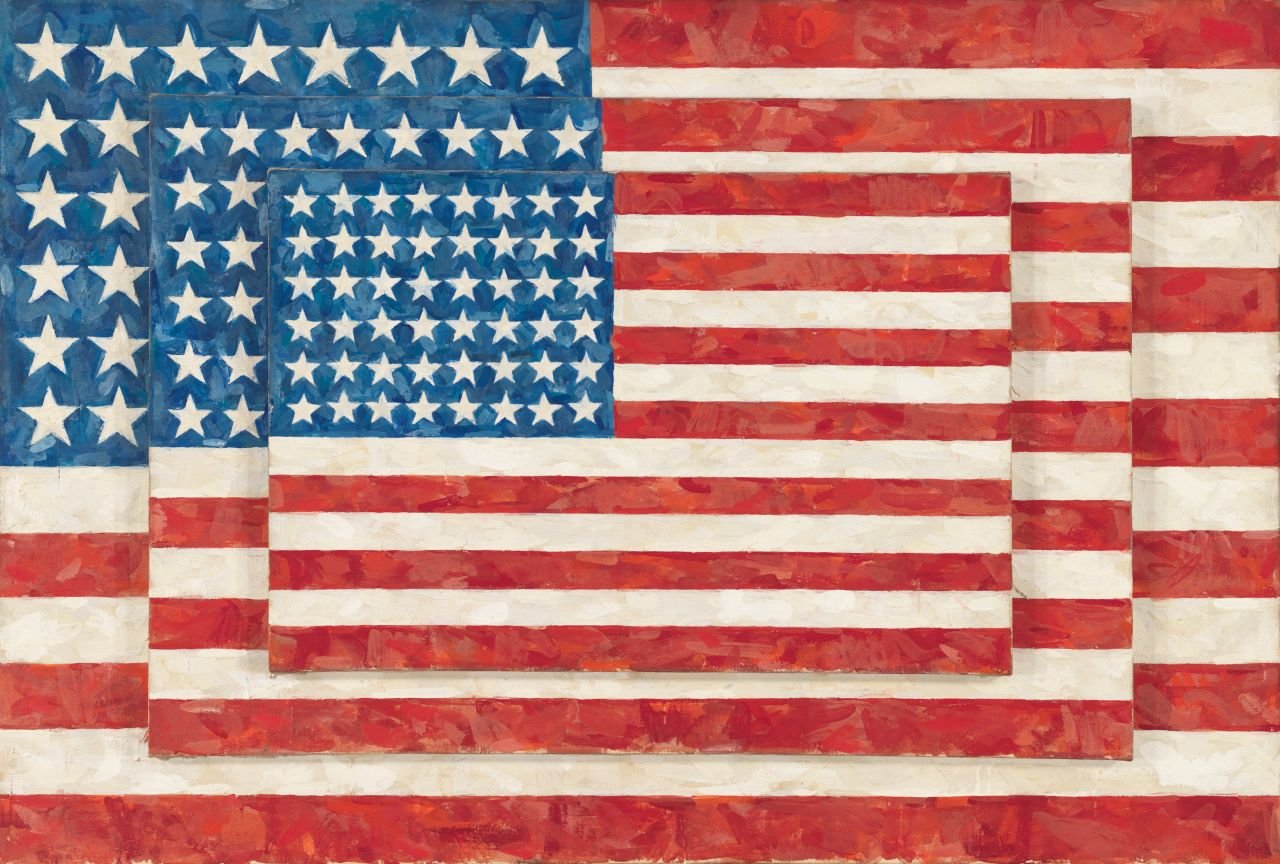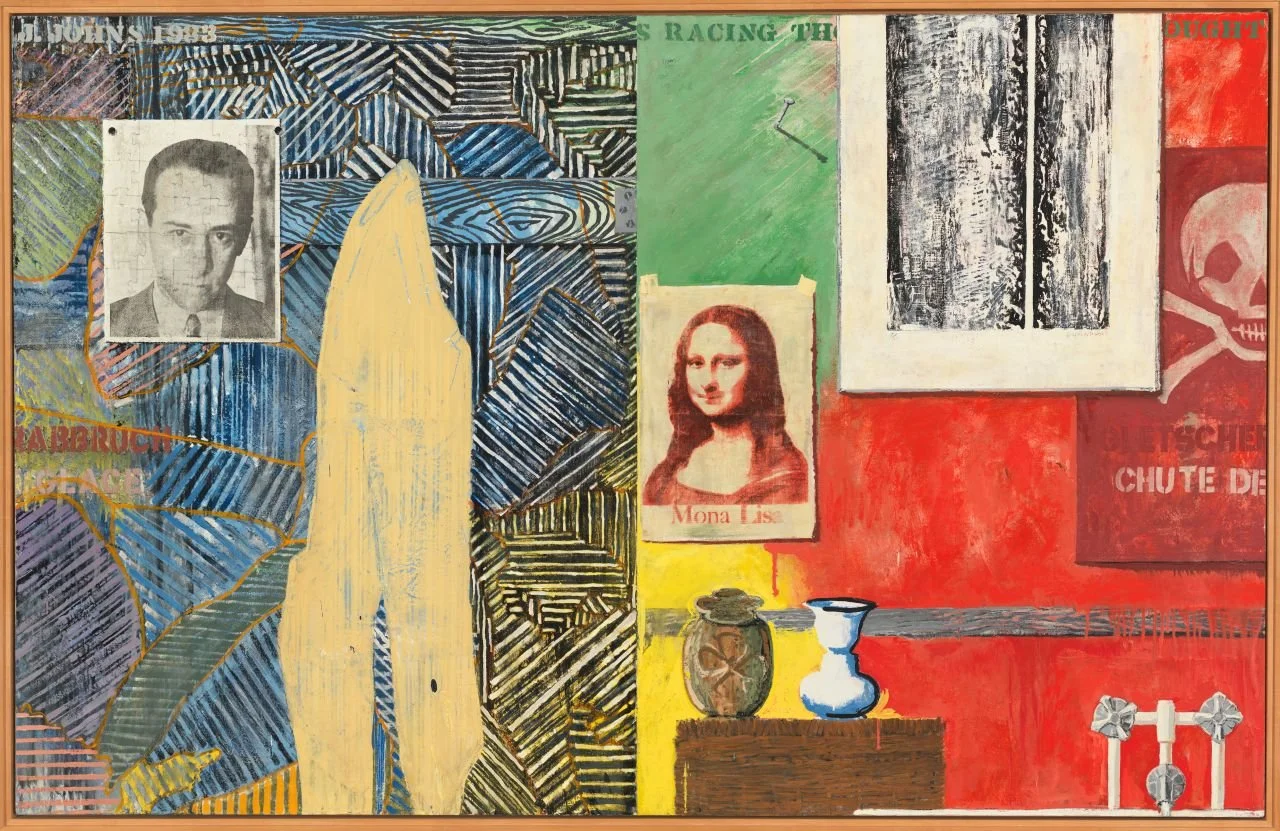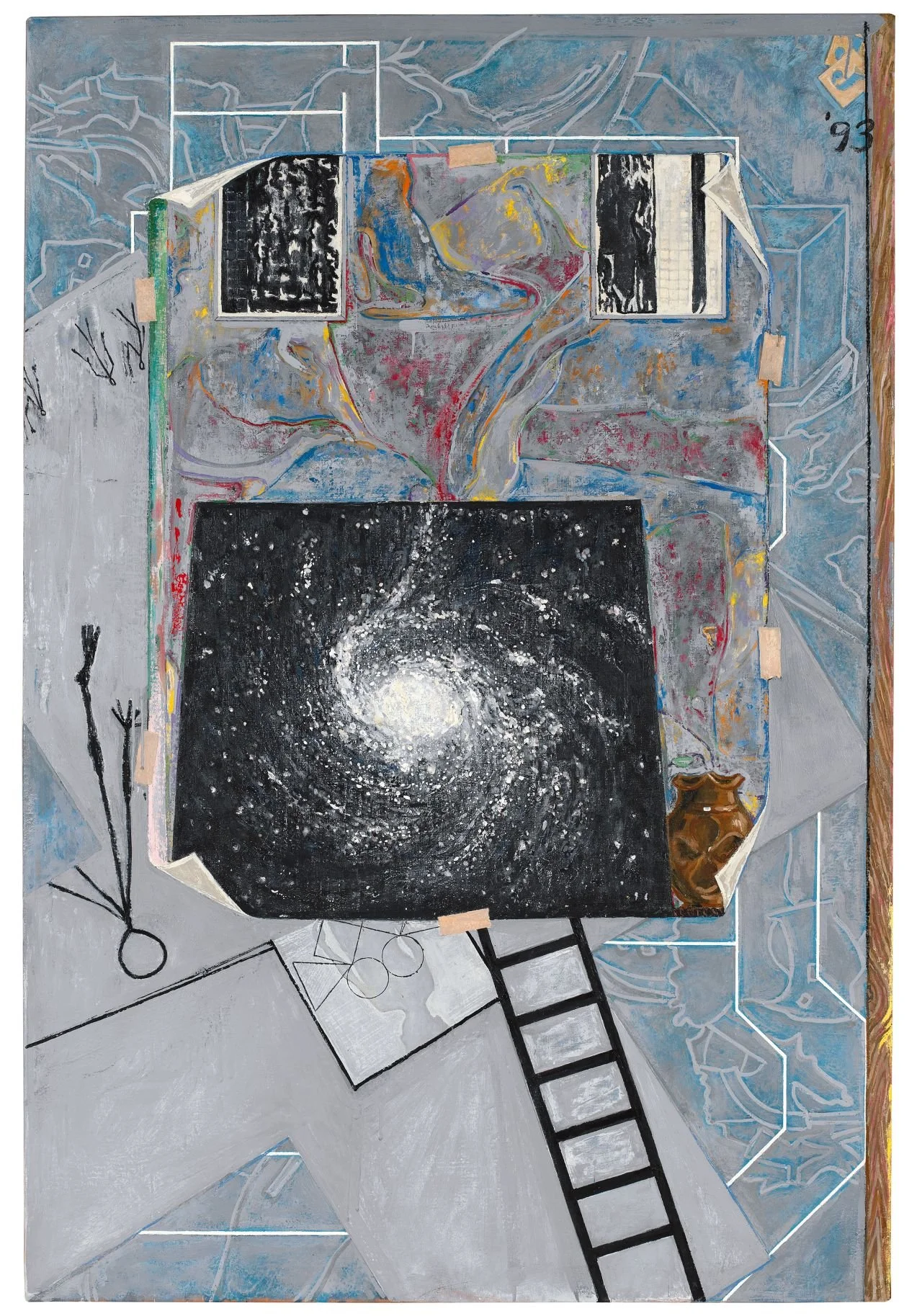South Carolina Artists: Jasper Johns
Jasper Johns is one of the best-known and successful artists of the 20th century - we’re sure you’ve seen his iconic Flag paintings, or his number monograms. With a style that blends Dadaism, minimalist sensibilities, and pop art concepts, Johns’ work is accessible, identifiable, and speaks to the turmoil of the mid-twentieth century.
Johns was born in Augusta, Georgia in 1930, and spent his childhood in South Carolina between Allendale, Columbia, Batesburg, and Sumter, where he graduated from high school. He briefly attended the University of South Carolina before moving to New York to further pursue art. In the early 1950s, he joined the US army and was stationed in South Carolina and Japan during the Korean War. When he returned to New York, he connected with other artists such as Robert Rauschenberg, Rachel Rosenthal, Merce Cunningham, and John Cage. Johns was introduced to gallery owner Leo Castelli through Rauschenberg, and that connection soon led to his gallery representation, work acquisition by the Museum of Modern Art, and other successes. His work is highly valued and consistently fetches millions at auctions, especially notable for a living artist. He lives in Connecticut and Saint Martin.
Johns’ artwork is known for its exploration of texture, color, and familiar motifs. With a focus on shapes and patterns such as American Flags or bull’s-eye targets, he incorporated “things the mind already knows,” bringing a sense of the familiar even as he represented it in a new, often abstracted way. Johns mastered a variety of media, including sketching, painting, encaustic, collage, and printmaking. His use of found objects in mark-making - such as the edge of a tin can as a crescent or circular stamp - and incorporation of quotidian imagery lends a sense of accessibility to his works: these are things that a layperson knows, is familiar with; there is not a requirement to be well-versed in mythology or history to understand and appreciate his work. This accessibility has surely contributed to his work’s popularity, but also was part of the movements of the era in which it was created.
Johns is also known for his reticence when it comes to speaking on his own work, instead leaving it open for interpretation based on the viewer’s reaction to the work and their own life as context. This open-ended-ness can make some uncomfortable, but also reflects changing attitudes regarding the function of art and how it can and should be experienced - for centuries, art was didactic, representational, a status symbol; a huge part of the 20th century shift in attitudes around art was the change in the perception of the purpose of art: now it could be expressive, relational, a commentary of social norms and issues. Art shifted as society did, and many of the movements with which Johns’ work is associated were a huge part of that shift. It’s this big-picture view of the changes of the 20th century - and how Johns’ work relates to so much of it - that helps us understand why his artwork is so important and its popularity has endured.
Johns’ work has been associated with a variety of movements: drawing inspiration from the absurdist and ready-made concepts of the early 20th century Dada movement; a focus on technique and material frequently associated with minimalist work; incorporation of the everyday and mass-manufactured objects, as common to Pop Artists.
One may be wondering: why are you, a Charleston-focused blog, writing about Jasper Johns? Sure, he was from South Carolina and spent some time stationed at Edisto Island, but what does he really have to do with Charleston? To be fair: not a lot - at least not directly. But his artwork and his creative legacy are extremely relevant to other South Carolina artists, and his upbringing in South Carolina likely impacted his style and approach to art. His artwork and style may seem ordinary to us now - but does that not speak to its relatability, and widespread appeal? We have to remember that when it was created, many of his concepts and approaches to creative processes were relatively new ideas - and ones which would inspire a new generation of artists here in South Carolina.
More in our Charleston Artists series:
Alfred Hutty | Alice Ravenel Huger Smith | Elizabeth O’Neill Verner | Ned Jennings | William Halsey | Merton D. Simpson
Explore contemporary art and creative businesses of Charleston on our Old Exchange District Tour.















